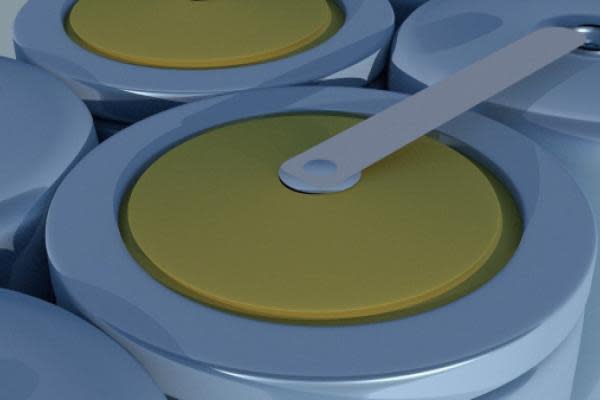
Tesla Inc (NASDAQ: TSLA) has already announced in the past its intention to abandon batteries with nickel cathode, due to supply restrictions, and CEO Elon Musk reiterated this in a tweet on Thursday.
What happened: Restrictions on the supply of nickel are a major concern for Tesla when scaling the production of lithium-ion cells, Musk said in the tweet.
Tesla’s CEO also added that this is the reason the company is changing its EV models from standard range to iron cathode.
Nickel is our biggest concern for increasing the production of lithium-ion cells. That’s why we’re changing standard range cars to an iron cathode. Too much iron (and lithium)!
– Elon Musk (@elonmusk) February 25, 2021
Musk also suggested that the use of lithium and iron phosphate, or LFP, batteries will release more battery supply of chemical lithium-ion cells using nickel cathodes for the company’s other vehicle programs.
Musk previously said that the energy density of LFP batteries had improved enough to justify the use of these cells in low-cost vehicles.
Related link: Tesla hits the street high, target of 200: “The fireworks are not over yet”
Because it’s important: Tesla is using LFP batteries in its standard Model 3 line, in addition to vehicles made in China.
Thursday’s tweet comes as an indicator that the giant EV may switch to LFP batteries in basic models of vehicles marketed in Europe and other regions.
Nickel is the preferred option for EV batteries due to its higher energy density and greater storage capacity.
However, compared to iron, nickel is expensive, with prices soaring lately, as the growing EV market continues to depend heavily on the metal.
Nickel mining is also fraught with environmental risks. Fitch said in a recent report that it expects the increased use of nickel in batteries to lead to a market deficit starting in 2025.
Related link: How Bitcoin and demand are reducing Tesla’s shares
See more from Benzinga
© 2021 Benzinga.com. Benzinga does not provide investment advice. All rights reserved.
